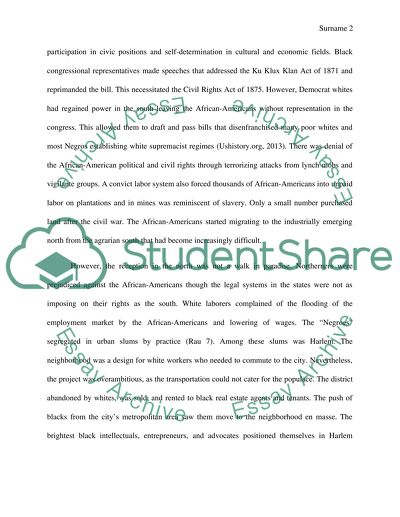Cite this document
(“The Harlem Renaissance Essay Example | Topics and Well Written Essays - 1500 words”, n.d.)
The Harlem Renaissance Essay Example | Topics and Well Written Essays - 1500 words. Retrieved from https://studentshare.org/history/1489139-the-harlem-renaissance
The Harlem Renaissance Essay Example | Topics and Well Written Essays - 1500 words. Retrieved from https://studentshare.org/history/1489139-the-harlem-renaissance
(The Harlem Renaissance Essay Example | Topics and Well Written Essays - 1500 Words)
The Harlem Renaissance Essay Example | Topics and Well Written Essays - 1500 Words. https://studentshare.org/history/1489139-the-harlem-renaissance.
The Harlem Renaissance Essay Example | Topics and Well Written Essays - 1500 Words. https://studentshare.org/history/1489139-the-harlem-renaissance.
“The Harlem Renaissance Essay Example | Topics and Well Written Essays - 1500 Words”, n.d. https://studentshare.org/history/1489139-the-harlem-renaissance.


